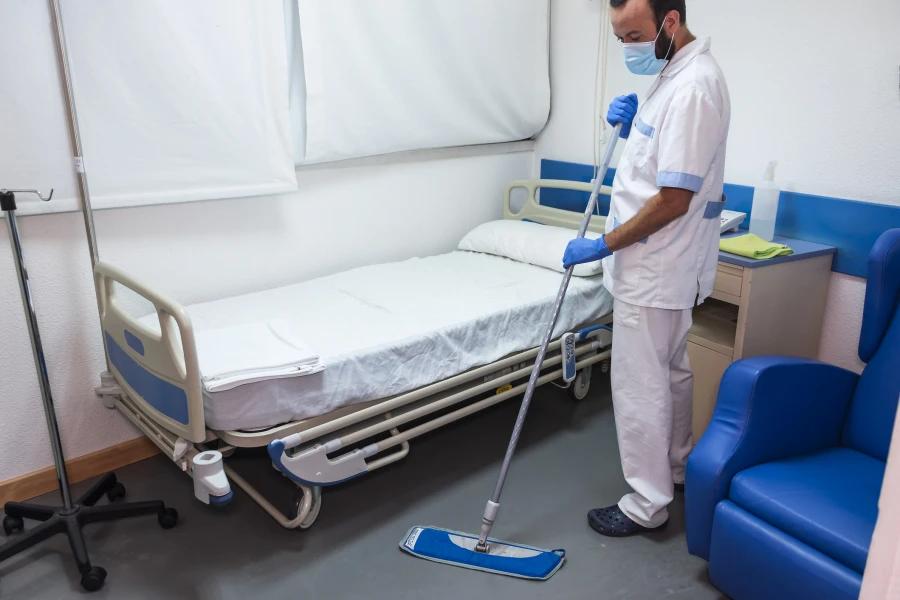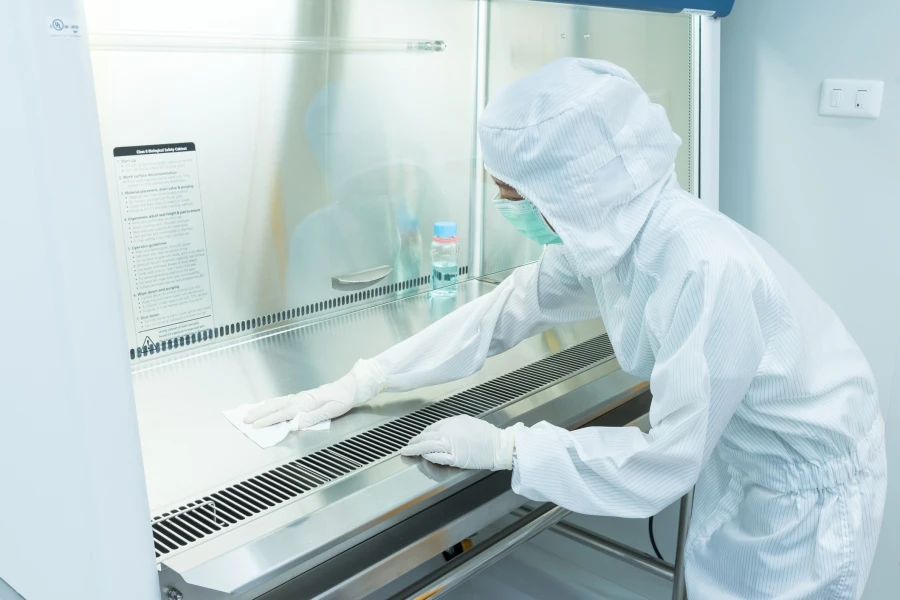Understanding the Need for Thorough Cleaning Practices
In medical facilities, cleanliness is not just about appearance; it’s crucial for health and safety. These spaces can harbor bacteria and viruses that lead to infections. Proper disinfection helps prevent the spread of diseases among patients, staff, and visitors. Regular cleaning alone isn’t enough. Disinfection ensures that surfaces are free from harmful microorganisms. This process is essential for maintaining a safe environment where healthcare professionals can provide quality care without compromising anyone’s health.

The Benefits of Effective Disinfection
Effective disinfection in medical settings offers several benefits. Firstly, it reduces the risk of infection, which protects everyone who enters the facility. It also enhances patient trust as people feel safer knowing that the environment is clean and hygienic. Additionally, regular disinfection helps maintain compliance with health regulations. Organizations that prioritize these practices often see improved reputation and lower rates of hospital-acquired infections.
Challenges Faced by Medical Facilities
Despite its importance, achieving thorough disinfection presents challenges. One significant issue is the high turnover rate in medical office cleaning staff, leading to inconsistent cleaning routines. Another problem is the variety of surfaces in hospitals, each requiring specific disinfectants and methods. Furthermore, time constraints can make it difficult for staff to adequately cover all areas. Addressing these challenges requires planning and commitment from management and staff alike.
Solutions for Comprehensive Disinfection
There are effective solutions available to ensure comprehensive disinfection. Training staff on proper procedures and the importance of their role can improve consistency. Implementing advanced technologies like UV light sterilization can target hard-to-reach areas effectively. Utilizing checklists during medical office cleaning tasks ensures nothing gets overlooked. By integrating these strategies, facilities can significantly enhance their cleanliness levels.

Best Practices for Maintaining Hygiene
Implementing best practices ensures ongoing hygiene maintenance in medical environments. Consider the following tips:
- Use appropriate disinfectants for different surfaces.
- Schedule frequent cleaning sessions throughout the day.
- Conduct routine inspections to monitor cleaning effectiveness.
- Encourage handwashing among staff and visitors.
- Ensure proper disposal of medical waste.
Compliance With Industry Standards
Adhering to industry standards is mandatory for any medical facility. Regulations require using approved disinfectants and maintaining detailed records of cleaning schedules. Compliance ensures that facilities meet both state and federal guidelines, safeguarding their licenses to operate. By staying informed about updates in guidelines, facilities can avoid penalties and protect public health efficiently.
Cost Factors in Disinfection Processes
The cost of disinfection processes is often a concern for medical facilities. However, investing in high-quality products and equipment can yield long-term savings by reducing infection rates and associated costs. In addition, training staff and implementing efficient systems minimizes wasted resources. The return on investment includes not only financial savings but also enhanced patient outcomes and satisfaction.
Your Partner in Cleanliness
Your facility deserves the highest standard of cleanliness to ensure everyone’s safety. Our team at Americare Commercial Cleaning is committed to providing top-tier services tailored to your needs. Call us today at (346) 770-2322 to learn more about our offerings. Located in Houston, TX, we serve a wide range of healthcare facilities with dedication and expertise.